Killer is dead

Platform - Playstation 3 / Xbox 360
Genre - Action
Publisher - Kadokawa Games
Developer - Grasshopper Manufacture
Release Date - Summer 2013 (Japan)
INFA:
Killer Is Dead is the upcoming action game from the folks behind No More Heroes andKiller7. The game follows 35 year-old Mondo Zappa, a suit-wearing executioner responsible for taking out heinous criminals with a katana.
A gun that can turn into a drill is embedded in Zappa's left hand — an augmentation he has no memory of getting. The weapon becomes increasingly powerful during the game, and it can be used to absorb enemies' blood for a powerful "Adrenalin Burst" slash attack. Also included in the blood is "dark matter", which can apparently be changed into energy.
The American born Zappa works at an "executioner's office", managed by Brian Rozen, who was also augmented, to become a world-class executioner.
Joining Zappa is his boss at Rozen's firm, the cat-suit wearing 25 year-old British born Vivienne Squall. Mika Takekawa, 20, is Zappa's assistant. After an earlier incident, she met Zappa and then started living with him because she can make excellent soft boiled eggs, his favorite dish.
Then, there's the evil Victor, a criminal who is kind dressed of like Mozart — if Mozart had glowing eyes, skeletal features, and green skin. Victor manipulates human emotion through song and aims to bring evil to the world.
Besides the international characters, the game uses various backdrops, such as old Western houses and Japanese buildings.
Screenshots:
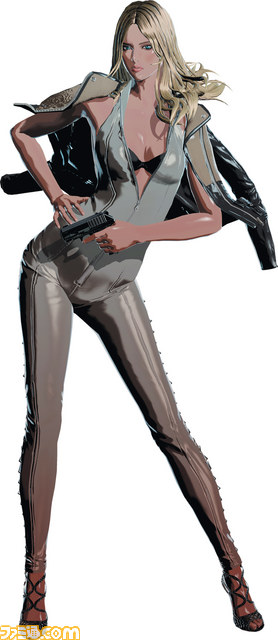

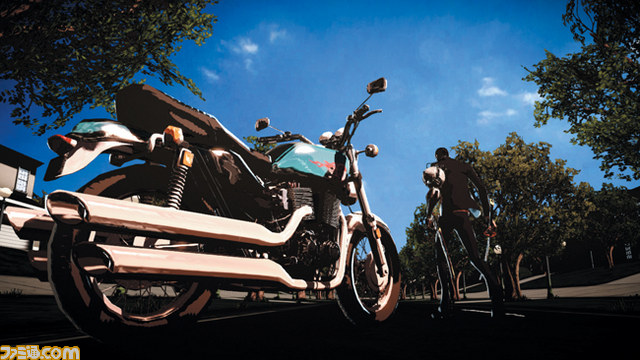
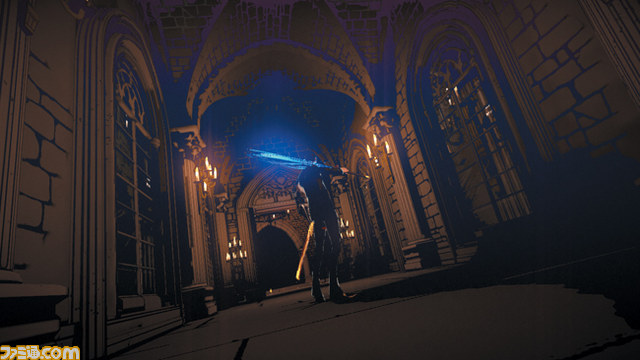
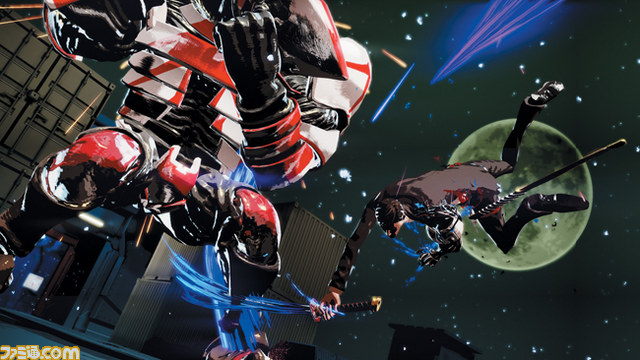
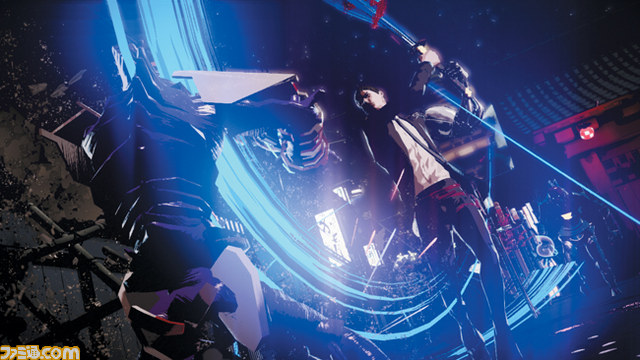
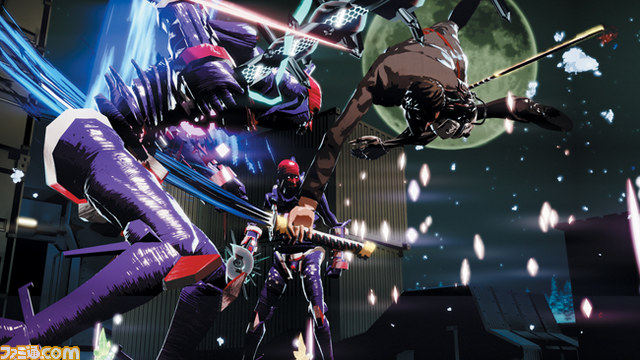
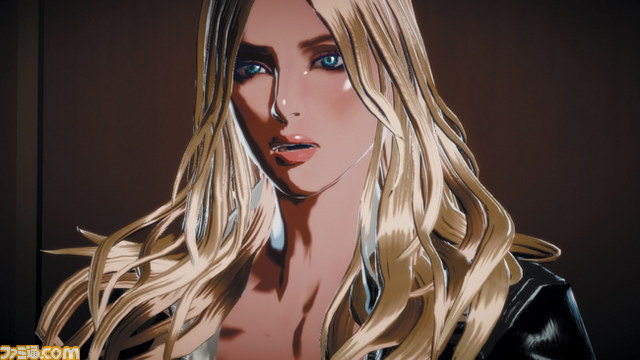
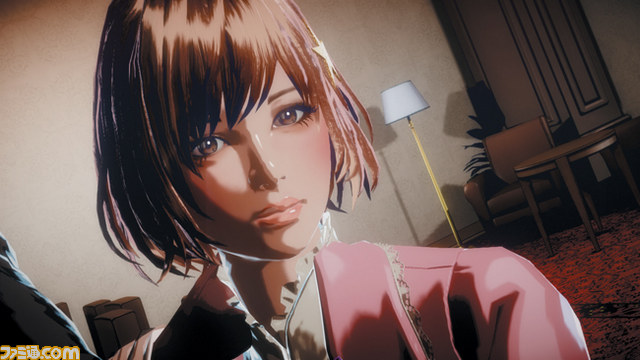
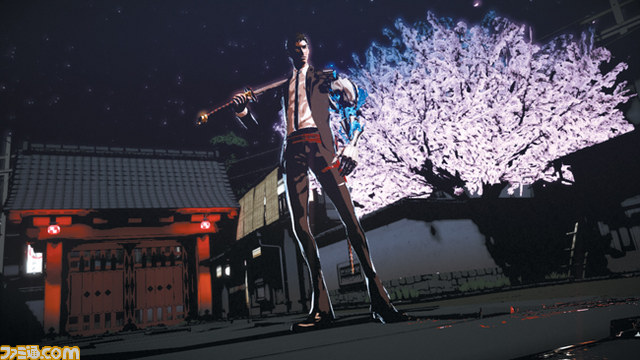
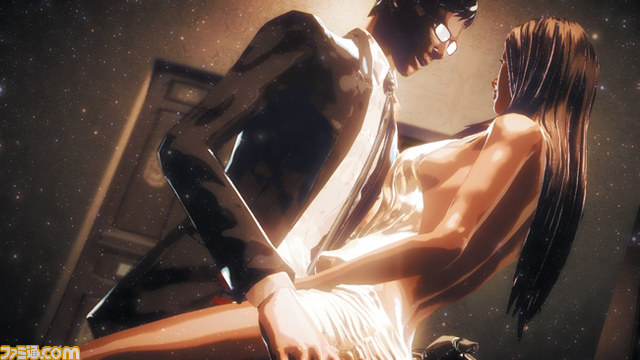
Lily Bergamo. For Breadbasket 4.
I guess this
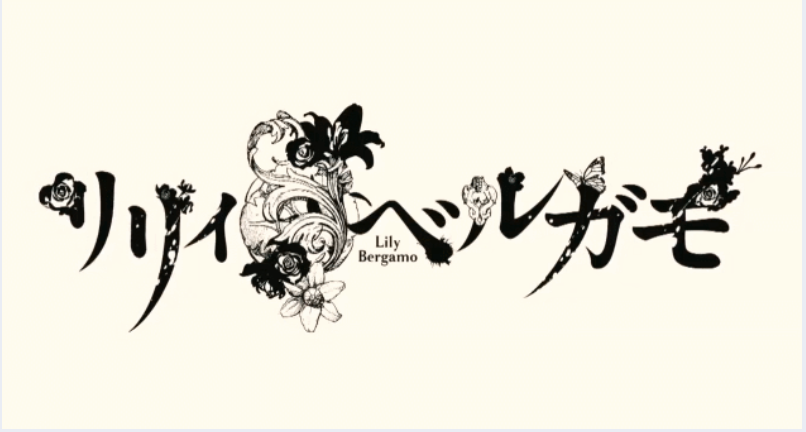
there is even a trailer
http://www.youtube.com/watch?feature=player_embedded&v=Sb6BVCfAxdU

the game is just unreal shit. worst game courts. even the killer 7 was better.
everything is bad - the plot, graphics, music, management. but the main gameplay is just vomit. press x many times.
Suda, apart from the no more heroes, has nothing good, I don't understand those people who put him on a pedestal next to Mikami or Kamieya
Yes, he makes neither ordinary and unique games, but this does not mean that they are good from this. I do not really want him to do 3 no more heroes, he will probably make everything. There is no integrity in his games. By the way, no more heroes is his only game that received a sequel.
Would write without mistakes, expert. Batka-Suda has not yet been delivered to the school.
yes i am a connoisseur: icon_cool:
Does it make sense to go through a gigolo mission a second time if you have already received a new trunk from a girl?
[quote name = 'Ryu Sparda' timestamp = '1383399789' post = '3690812'] Does it make sense to go through a gigolo mission a second time if you have already received a new barrel from a girl? [/ quote]
Pofapat.
Ochivka.
[member = 'Rebial'], in the sense, what is the essence of achievement? Dating a girl is a costly exercise. I just do not want to climb there, since I have already received the weapon
Rebial, in a sense, what is the essence of achievement?
Give 100,500 gifts as an option.
Modified on November 2, 2013 by RebialRebial, in a sense, what is the essence of achievement?
Give 100,500 gifts as an option.
Well, can you also increase the rating for the mission? In general, I received all the gameplay bonuses for the mission with Koharu, then I will not waste time on it.
The Courts are works of art. Yes, in DMS the gameplay can be deeper and more interesting. But here is the atmosphere, amazing style, plot, music.
The stunning style and storyline remained in killer7. The amazing storyline also remained in Flower, Sun and Rain (which actually came out first in 2001, but only in Japan). Music - yes, I do not argue, the soundtrack at KID is bombing. But, in general, the killer from dead is an average thing that diligently tries to imitate something more.
Although here they muddied the analysis of the meaning of C&D
http://globegander.tumblr.com/post/59534088268/love-killer-is-dead-eros-and-thanatos-in-grasshopper
I didn’t find the topic "tell me about the developers", but I can’t create themes myself, so I’ll copy it here. My "article" on the Grasshopper Manufacture games I wrote in January.

Goichi Suda, known under the pseudonym Suda 51 (made up of his name: in Japanese, "Go" means "5", and "Ichi" - "1"), is one of the representatives of the Japanese game development scene; his approach is often called "author's" (by analogy with cinema).
Two periods can be distinguished in his play work. In the first (which includes Moonlight Syndrome, The Silver Case, Flower Sun and Rain, and Killer7) Suda was often the scriptwriter and, so to speak, the director of his projects. The games from this period can be compared to the films of David Lynch due to the complex scripts and surreal atmosphere. Currently (No More Heroes, Shadow of the Damned, Lollipop Chainsaw) Goichi Suda is more likely the face of his company (Grasshopper Manufacture) and a producer of projects that focus mainly on "trash and waste", with various references to parodies of modern culture ...
1. Kill the Past
Most of the games created by Suda prior to 2006 belong to a lineup called "Kill the Past". What is it? Think about events in your life about which you can say that you are dreaming so that they do not happen to you. You want to erase them at least from your memory. You hate this part of your past, but if you kill it, it will cease to exist.
Kill the Past games revolve around the stories of characters who are in conflict with their past and the events leading to the "killing" of the past. All KtP games take place in approximately the same game universe, but from different points of view. Moonlight Syndrome had schoolgirls, The Silver Case had detectives and a reporter, and finally Killer7 had an assassin.
They often have to go through a series of events that reflect their past. In many cases, the past (which they want to "kill" or erase from memory) must be met face to face. You must "kill the past" in order to "live for the future."
1.1 Moonlight Syndrome
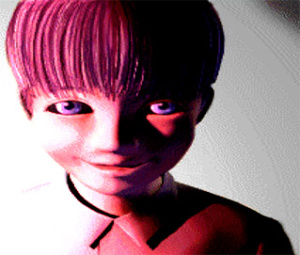
Moonlight Syndrome is the first Suda project to be created under his full leadership. It is a spin-off to Human Entertainment's two Twilight Syndrome games for which Goichi wrote the scripts. Released only in Japan on Sony PlayStation in 1997. It was she who laid the foundation for the Kill the Past setting.
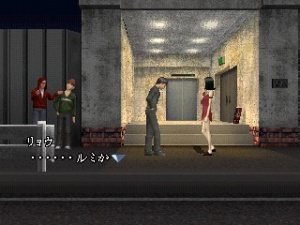
It can be called an adventure game with pre-rendered 3D with two-dimensional gameplay, diluted with CG videos. It can also be called a Japanese love story horror that pretends to be a game. The events begin with schoolgirl Mika Kishi. She should have died when she was kidnapped by a rapist. However, her life was extended when the silver-haired child (the god Mithra) offers Ryo Kazan (Mika's friend) a pact that prolongs Mika's life and keeps her safe. Ryo agrees: Mika is the only person he is close to, and she also reminds him of his dead sister. However, the contract will be canceled if Ryo and Mika come into bodily contact with each other.
Moonlight Syndrome is also the first collaboration between Goichi Suda and musician Masafumi Takada, who remained the staff composer of Grashopper Manufacture (the company he founded after leaving Human Entertainment) until his departure in 2010.
http://www.youtube.com/watch? v = 5OiALe1OXPI
1.2 The Silver Case
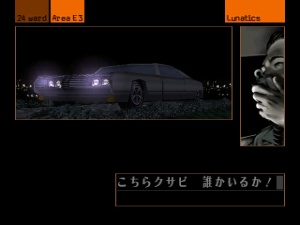
The Silver Case was released by Ships 51 Grasshopper Manufacture in 1999 in Japan for the Sony PlayStation. It is a mixture of visual novel and adventure, combining 2D graphics, 3D realtime graphics, pre-rendered videos and FMV videos. Most of the story is told by text, but often there are portraits of characters or interactive scenes on the screen in which the player is given the opportunity to move and perform actions.
The plot is as follows. Detective Tetsuguro Kusabi returns home driving on a moonlit night and notices his headlights illuminating a human figure on the road. Kusabi realizes that the man has pointed his revolver at the windshield and is preparing to fire. The detective avoids the bullet's trajectory and contacts his colleagues while the mysterious shooter disappears. Detectives search a nearby abandoned factory where a shooter may have been hiding and uncover a string of murder victims.
The detectives compare the profiles and conclude that the killer may be Kamui Uehara, who killed many key people in the government in the past. However, before that, it was believed that Kamui was shot by detective Kusabi. Is the same killer resurrected? The detectives begin their investigation.
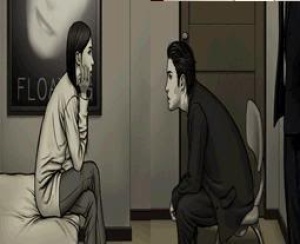
The Silver Case is split into two parts: "Transmitter" and "Placebo". In Placebo, the narrative is no longer on behalf of the detectives, but from the reporter Tokio Morishima, who begins his own investigation. "Transmitter" is divided into six chapters. The Silver Case was a success in Japan, and in 2008 Suda announced a port to the Nintendo DS (and later 3DS) handheld console for Western audiences, but the port never saw the light of day. Goichi later stated that the game needed to be adjusted to the standards of the modern gaming industry, and since then there has been no information.
http://www.youtube.com/watch?v=JAU4QQR05Ds
1.3 Flower, Sun, and Rain
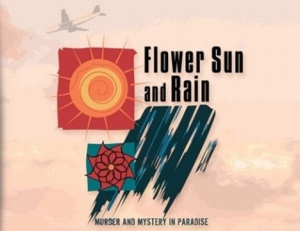
Flower Sun and Rain was released in Japan in 2001 for the Sony PlayStation 2. It was also reissued twice as a bestseller there. In 2008, a version for the Nintendo DS handheld console was created with (quite!) Stripped-down graphics and sound, which saw an international release.
FSR is an adventure game; unlike The Silver Case and Killer7, the character's movement is not limited to certain routes, but only to the game's three-dimensional space. The gameplay combines movement around the island of Lospass, conversations with various characters and breaking combination locks, the solution of which is often hidden in a manual that can be flipped by the main character of the game, the professional finder Sumio Mondo. The game combines an atmosphere reminiscent of the Twin Peaks TV series, tiring gameplay, full of backtracking, a rather complex plot, not devoid of humor, including ridicule of video games in general and itself in particular, and a soundtrack, partially consisting of electronic jazz arrangements of classical music. Most likely, one of the sources of inspiration was the film "The Secret Desires of the Gods", filmed in Japan in the 1960s, opposing culture and progress. There was also an island, an invited specialist and some other events that are similar to some moments in FSR, but it cannot be said that the game grasped the main idea of ​​the film, no.

Events begin with Sumio Mondo (a professional "seeker" who has a partner - a device named Catherine, which he carries in his briefcase) receives a request from Edo Macalister, the manager of the Flower, Sun and Rain Hotel on Losspass Island, to find a terrorist who plans to blow up the plane.
However, Sumio gets caught in a time loop like in the movie Groundhog Day. Every day, he intends to get to the airport and find a bomb, but he is constantly distracted by hotel guests (everything is like a selection - colorful characters). Sumio, unable to refuse anyone, agrees to find something for everyone, and after that an airplane explodes in the sky, and our hero is on the bed, and a new morning begins. Each time Sumio moves a little further. It should be noted that he is looking for visitors not just for some things, but also for some phenomena, even feelings. Strength of mind and a forgotten trick for a professional wrestler, memories for two lovers that will help resurrect their emotional connection. The theme of "Kill the Past" also makes itself felt - as in the case of a story about a football player necessary to solve a puzzle,

There are many metaphors in FSR, the plot also does not force to come to any definite interpretation. There is also a Silver Case storyline in the script, according to which the island of Lospass really exists and is needed by a certain Sundance organization, which are related to Kamui from the previous game. But, leaving aside the intricacies of the script that can strain your head for a long time, FSR reveals its beauty in terms of aesthetics - yes, those phenomena that Sumio is looking for for annoying hotel guests, the statements of some characters, contemplation as the main principle instead of action. "What is paradise? This is a place separated from the world," the glavger thinks aloud at the end of the game. And, of course, the mockery of Sumio by other characters will deliver a lot of laughter.
http://www.youtube.com/watch?v=hkBrdJUH8xU
1.

Killer7 was released in 2005 on the Nintendo GameCube and Sony PlayStation 2. It is the first Goichi Suda game to be released outside of Japan. In terms of gameplay, K7 can be described as "a rail shooter with adventure elements." Souda collaborated with Shinji Mikami, creator of series such as Resident Evil and Devil May Cry to create Killer7. K7 can be safely called the main brainchild of Suda 51. The project combined a diverse plot, an interesting visual solution, close to noir comics and classic anime of the late 1980s, and a ton of madness. It was also K7 who shouted the name of Goichi Suda to the whole world, although in Japan he was well known for The Silver Case and Flower, Sun and Rain.


The game takes place in an alternate history where world peace was achieved with the prohibition of nuclear weapons and any research in this area. The remaining warheads were launched into space, where they collided with each other and exploded. However, peace could not last long, and soon a terrorist group called itself "Heaven Smiles" emerged. Led by the enigmatic leader Kun Lan, she launched attacks around the world without any demands or manifestos - just destruction for destruction.
To fend off the threat, the US government is turning to the Smith Syndicate, or Killer7. Led by an old man in a wheelchair who has his own account with Kun Lan, this is a group of hitmen. But these assassins are personalities that Smith projects into the real world. As the action progresses, the whole truth about "Killer7" is revealed. The plot is replete with numerous hints, double meanings in the phrases of the characters, you can even interpret the K7 script from a political point of view. There is even a multi-page analysis of the plot, with an emphasis on the fact that there are four lines of narration in the game - cosmic (good and evil), personal (the story of Smith's personalities), political and what is told by ghost characters.
http://www.youtube.com/watch?v=c9gOAxOvexw
One of the cut-scenes that characterizes the character who is the boss of one of the missions.
http://www.youtube.com/watch?v=PXwWjxbzuIk
2. Punks Not Dead!
After Killer7, Goichi Suda slightly changed the course of his work. If the games of the Kill The Past series can be attributed to the arthouse, and many love them for their unique atmosphere and deep stories, forgiving the often archaic and annoying gameplay, then the latest creations of Grasshopper Manufacture will delight fans of "tin". No More Heroes 1-2 for Nintendo Wii, Shadow of the Damned and Lollipop Chainsaw for PlayStation 3 and Xbox 360 still found their fans and have a distinct handwriting, but inherently differ from the early Courts 51 games.
2.1 No More Heroes

Goichi Suda's next major project after Killer7 was No More Heroes, released for the Nintendo Wii console in 2008. According to Suda, "if Killer7 focused on political things, then No More Heroes is about society." The game has an "open world" that allows the protagonist to move both on foot and on a motorcycle. In addition to the tasks required to develop the storyline, there are also side quests. The control involves a Nunchuk controller for the Wii - cutting through the air, the protagonist in the game strikes with a katana.
No More Heroes follows Travis Touchdown, a cash-strapped anime fan who wins a laser katana and becomes a hitman after contracting mysterious girl Sylvia Christel, which allows him to pay for wrestling videotapes and spend money on anime merchandise. Ranked 11th in the United Killer Organization's killer rankings, he must fight his way to the top by battling the top ten killers.
Travis also has an additional incentive - Sylvia, the organizer of everything that happens, hints that she will give herself to Travis, but only when he becomes the first.

No More Heroes parodies what it is - sandbox games, nerd and geek culture. The aesthetic of the anti-hero is also extolled. Unlike previous Goichi Suda games, No More Heroes was greeted cooler in Japan when it became a hit outside of Japan. A fairly niche game, No More Heroes has achieved good sales and has made a tangible contribution to the Nintendo Wii game base.
In 2010, the sequel, No More Heroes 2: Desperate Struggle, was released, also on the Nintendo Wii. The developers abandoned the sandbox city and added support for the classic joypad. The game takes place three years after the events of the first part. Travis made his city famous for his accomplishments, and hitting TV shows became a popular and lucrative form of entertainment. Travis has long been on a well-deserved retirement without spending the night with Sylvia. But, by the will of fate, having avenged the death of his friend, Travis is again in the rankings, and at the very bottom, and he has to retrace the bloody path to the very top.

In the same year, a re-release of the original game was released for the Xbox 360 and PlayStation 3 consoles, called No More Heroes: Heroes' Paradise. In addition to improved graphics, there were other changes - additional bosses, the ability to play cut-scenes, additional game modes, a trophy system and downloadable content.
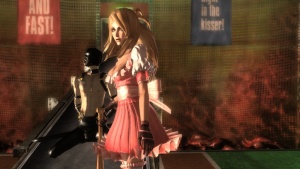
2.2 Shadows of the Damned

In 2006, Goichi Suda announced a project called Kurayami. It was a horror game about a man trapped in a demon village. It focused on non-linearity, interaction with strange villagers, psychology and fear. According to Suda, the novels of the writer Franz Kafka were the source of inspiration, and the main idea of ​​the game was to be the problems of the human mind. But for two years, Court 51 was unable to find a publisher for Kurayami until he received an offer from Electronic Arts. The concept of the game began to change - the setting, the idea with darkness and the main character with a torch remained from the original idea. This is how Shadows of the Damned came about.
The game was released in 2011 on the PlayStation 3 and Xbox 360 consoles. Shinji Mikami, who previously collaborated with Goichi Souda on the creation of Killer7, also contributed to the development of the game. The music for the project was written by Akira Yamaoka. It would seem that the game, to the development of which three masters had a hand, was waiting for success - but due to the lack of competent marketing from Electronic Arts and the short duration of the gameplay, the game failed in sales.
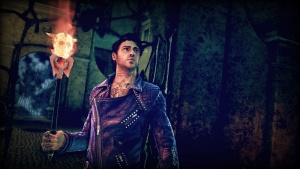
Shadows of the Damned is a third person shooter. The protagonist has at his disposal a flashlight, a shotgun, an assault rifle and a pistol, and the entire arsenal is a metamorphosis of a demon named Johnson. The main character is Garci Hotspur, a demon hunter. Returning home one day, he discovers that his girlfriend has been kidnapped by Fleming, the demon king. The protagonist goes after his beloved. He has a way through the world of demons. Thus, Shadows of the Damned is both a free fantasy of the book Divine Comedy and a reference to the 1985 game Ghosts' n Goblins.
The gameplay is not limited to shooting enemies. There are a variety of memorable boss fights, there are simple logic puzzles, such as the need to find strawberries to feed them to the demon who is the guardian of the door. In many locations, torches are located that must be lit, illuminating the space - then it will be possible to inflict damage on demons shrouded in darkness. For especially stubborn creatures, there are shots of light. There are also two-dimensional levels in the style of platformers, bowling with skulls, episodes in the style of shooters for a light gun.

Shadows of the Damned is a play of contrasts. The design of the locations is grotesque and gloomy, the eye clings to bloody rivers and tormented corpses. And in the middle of this hell, jokes of the protagonist and his assistant, the demon torch, are heard, often touching on erotic themes. And all this is complemented by a brooding and atmospheric soundtrack from Akira Yamaoka, who could have recorded punk rock instead of ambient and trip-hop, which is only present here in the credits. Despite the fact that over the years of development the game has changed a lot, it remains a rather interesting project with a distinctive atmosphere and style, but with not the most outstanding game design and not the most hospitable players.


2.3 Lollipop Chainsaw

Grasshopper Manufacture released a game called Lollipop Chainsaw in 2012 on the PlayStation 3 and Xbox 360 consoles. It was published by Warner Bros. Interactive Entertainment, and the game was developed by James Gunn, author of the 2006 comedy horror film Slither. Lollipop Chainsaw broke sales records for Goichi Suda games, and won first place in the Best Intellectual Property category for Capsule Computers.
The score was written by Akira Yamaoka, who replaced staff composer Masafumi Takada.

The game focuses on the zombie hunter Juliet Starling, a cheerleader schoolgirl who, with her family members and the head of her boyfriend Nick, confronts a zombie invasion at San Romero High School, a fictional California educational institution. Zombies have their own elite, called "lords of rock and roll".
Each of the bosses represents a musical style, and battles with them consist of several stages with changing tactics. The camera strives to look under the skirt of the main character. Instead of blood, confetti, valentines and coins are gushing out of the opponents. There's even a zombie basketball game.
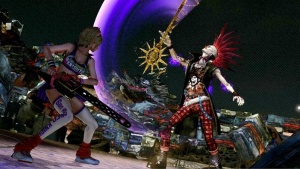
Of course, Lollipop Chainsaw has found its fans all over the world and is one of the most successful projects of Goichi Suda, but this game is also as distant as possible from the creativity of Suda, which made him famous in his homeland.
Some details:
- One of the possible attacks of Juliet - will land on the enemy with the fifth point.
- All members of Juliet's family are zombie hunters.
- Various costumes for the heroine are available in the game, some of them are based on popular anime.
- Juliet can use her boyfriend's head as a weapon.
- Oddly enough, a chainsaw can not only crush enemies, but also cut wood.

3. Other Grasshopper Manufacture Projects
Goichi Suda has produced different games over the years, which cannot be attributed to the two main directions of Suda 51's creativity. The role of Suda in the development of these games varied, but he was always involved in one way or another.
3.1 Michigan: Report From Hell

Released in 2004 on the PlayStation 2 console, Michigan: Report From Hell is a survival horror game. Goichi Souda drew up a plan for the project and made adjustments from time to time when the game was directed by Akira Ueda, who has been collaborating with Souda since 2001. Suda, as it became clear from the interview, did not even know that the game would be published outside of Japan.
The protagonist of the game is the operator of the news channel Zaka TV, whose board decides to investigate the strange events in Chicago, after the city was covered with fog. The game takes place in the first person, the player has to find objects to interact with or enemies to shoot at them. Also, a reporter is constantly present next to the player - if he is killed, the next level is loaded with another reporter. You can earn special points by focusing the camera on dead bodies, dying people, colleagues numb in fear, as well as finding erotic camera angles.
Michigan is a rather strange game, despite its rather classic gameplay, and unique in its own way. The simulator of a cameraman who lets his colleagues die and peeks under their skirts with a camera is trash, but it's fresh enough.
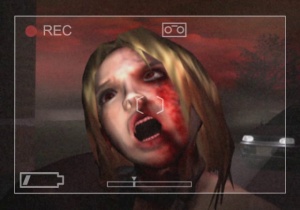
[OFFTOP]

3.2 Games under license
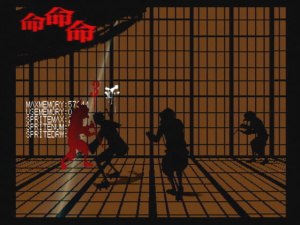
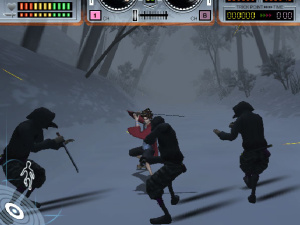
Samurai Champloo: Sidetracked - Released in 2006 on the PlayStation 2. Based on the Samurai Champloo anime, but the game scenario shows a different story. It tells about three samurai who must get to the city of Nagasaki. They travel separately, so the player is given the opportunity to play as two of them in different story episodes. Both the passable locations and the manner of fighting differ - if one samurai has a chaotic and harsh fighting style, then the other has a balanced and calm style.
The game is accompanied by a hip-hop soundtrack, and the opportunity to change the song is reflected in the gameplay. Different tracks have different effects on attack duration and bonuses such as defense gain. There are various combo attacks, boosts and a parry mini-game. There is also a mini-game forcing opponents to fight among themselves. As with any Grasshopper Manufacture game, there are strange characters and funny dialogue.

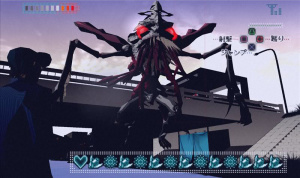
Blood +: One Night Kiss, released in 2006 on the PlayStation 2 only in Japan, is a spin-off to the anime Blood +. It was one of the first Grasshopper Manufacture games since Killer7, and Blood +: One Night Kiss uses the same Renderware and styling as its predecessor. Unlike Killer7, the character can move freely around the game space. The gameplay is an endless chain of Quick Time Events, requiring you to press the right keys at the right time during the battle. Having adopted the impeccable visual style and competent sound design from Killer7, the game itself could not offer anything, having received rather low ratings from the press and fans of the anime Blood +.
3.3 ZERO ~ Tsukihami no Kamen ~ (Fatal Frame IV)
Co-developed with Tecmo, ZERO ~ Tsukihami no Kamen ~ is the first Fatal Frame horror game on the Nintendo Wii. It was released in 2008 in Japan.

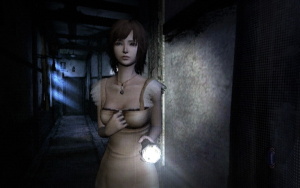
The plot tells about an island cut off from the rest of the world, on which a system of myths and beliefs has formed. In 1970, during a sacred ritual, five girls were abducted. They were later found in the tunnels suffering from amnesia. Two years later, all residents with frozen grimaces on their faces died on the island. And eight years later, two out of five girls died, with exactly the same unnatural expressions on their faces. The remaining three victims of the kidnapping decide to return to the island to deal with the curse and regain their memories.
As in previous games in the series, the heroes have to photograph ghosts with a special camera. The game captures the atmosphere of abandonment well, and it is beautifully complemented by a soundtrack, written together by composers Masafumi Takada and Etsuko Ichikawa.
3.4 Liberation Maiden
Liberation Maiden is a 3D shmap developed by Suda 51 in conjunction with Level 5 for the Nintendo 3DS in 2012. Originally included in the Guild01 collection.


In the future, in a hundred years, the world will be captured by one single country. She took control of almost the entire planet and recently invaded Japan. Led by revolutionary Yokoichiro Ozora, Japan dissolves parliament and appoints Ozora president of New Japan. He is tragically killed during a military operation, and his daughter, Shoko, is elected as the new president. Armed with a Kamui mech and a Nagata fighter, she begins her struggle for the freedom of her homeland. The fighter has two types of weapons - warheads and a laser. Protection is provided by Kamui, and from time to time the shield is charged, during which the ship becomes vulnerable to enemies.
3.5 XBLA / PSN Games
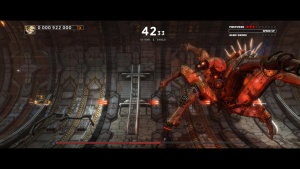
Sine Mora is a side-scrolling smap, developed in 2012 together with Digital Reality. Originally exclusive to XBLA, later ported to PSN and Steam. Akira Yamaoka created the music for her.
There are no lives in this game, and a collision with an enemy ship or projectile will not end the game. Instead, it will increase (if you shoot down enemies) or decrease the time allotted to the player. The action takes place on the planet Seol, which is ruled by the Empire. The story begins with the complete destruction of the Enkie race, capable of controlling time. The plot then focuses on two factions having their own scores with the Empire.
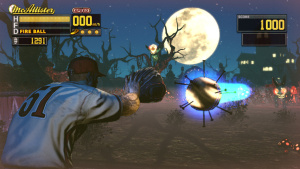

Diabolical Pitch is a game developed in 2012 for XBLA using Kinect. In it, a baseball player has to fight the forces of evil in an amusement park.

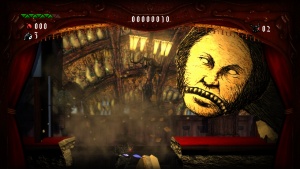
Black Knight Sword - Created in collaboration with Digital Reality, this platform game was released on PSN and XBLA in 2012. The protagonist is a black knight, who in a fairy tale must stop the evil White Princess. A friendly ghost helps him in the feat, thanks to him you can make double jumps, cast spells and solve puzzles. Unlike indie platformers with a retro gaming feel, Black Knight Sword has a theatrical puppet show aesthetics, with an artistic style reminiscent of the Monty Python show at times.
4. Is killer dead?
Goichi Suda is currently developing a game called "Killer Is Dead". She must combine the traditions of Killer7 and No More Heroes. The protagonist is Mondo Zappa, a semi-cyborg hired to carry out the execution of criminals. He is dexterous with a katana, and his upgraded hand can turn into a pistol and a drill. It can also absorb the blood of enemies and transform opponents into "dark matter". Goichi Suda himself gave the following comment: "This is the story of a man who does not publicly show his essence, but paves the way into society, ridding him of evil."
What will come of this? Most likely, we will find out in the summer! The game is announced for the PlayStation 3 and Xbox 360 platforms.

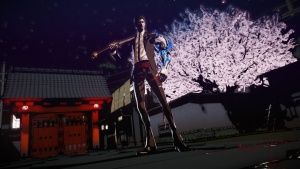

Well, people like a game then? is it worth taking and does it look like Nou Morr? In the end, it turned out as cool as before ?!
The game is like a one-button three-hour adventure filled with implicit symbolism for symbolism's sake, quick-eyed grimdarks and broads.
Modified Nov 18, 2013 by Rebial[member = 'Killersama'], there are a lot of references to different cultures, works, etc. But the most important thing is that the game is very tasty to cut. I want to swing the sword, I like it and does not get bored. A huge plus.
Killer is Dead: Nightmare Edition launches on PC on May 9th.
Will add a new difficulty mode (Nightmare), all released DLC and the "Theater" mode, in which it will be possible to revise all the cutscenes.
Another cannon from the courts, which did not receive the attention it deserved. At the very moment when the Grasshoppers are working hard in their hellish forge, in order to ultimately please the players with a non-standard approach to games, the Goat Simulator is among the top sellers in Steam.









 [/ spoil]
[/ spoil]